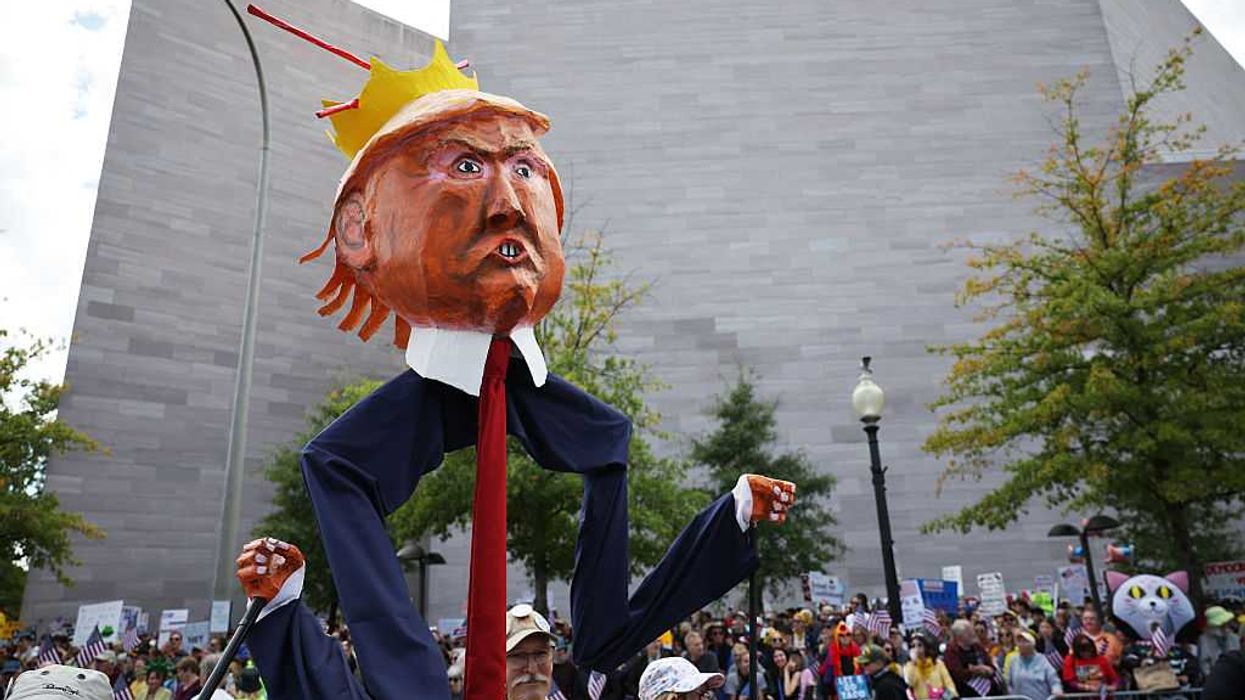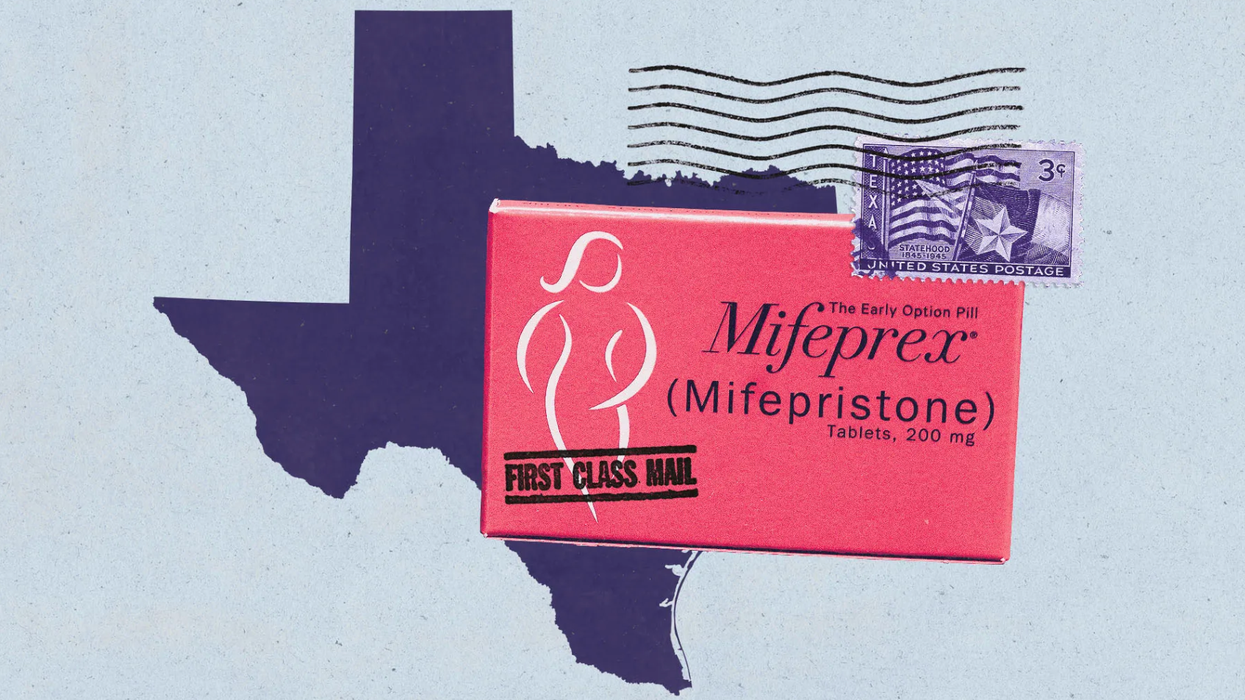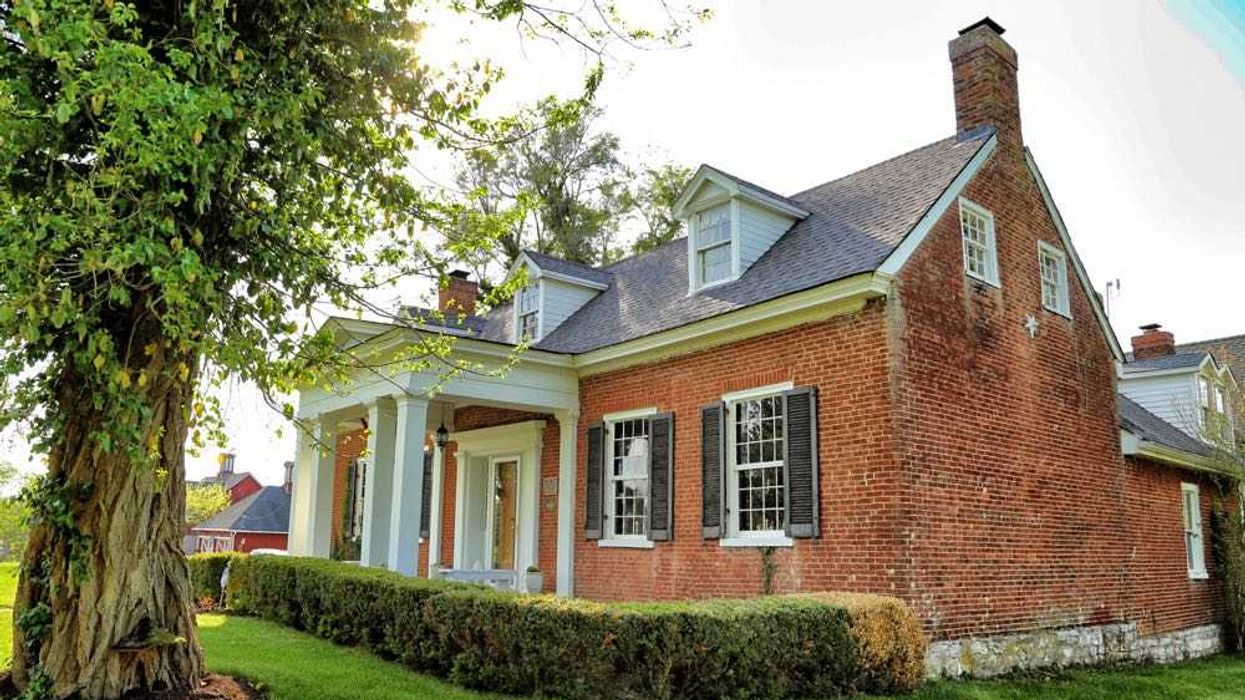Melissa Otey’s holistic wellness studio, Issa Lifestyle STL, was more than a business: it was a decade-long labor of love and a sanctuary she built for her Florissant community. From yoga, meditation, breathwork, sound and art therapy, and lifestyle coaching, the studio embodied her vision. It even included her own art gallery and a learning space for her children. It was truly everything she had ever hoped to create.
After only being open for four months, though, she had to bear the devastation of her passion being washed away in St. Louis’ historic 2022 floods.
The damage wasn’t just physical. Like many small business owners in flood-prone neighborhoods, the St. Louis native faced a daunting financial and emotional recovery, complicated by limited access to flood insurance and government aid.
Three years later, she continues to grapple with the lasting impact of the record-breaking flood that turned her dreams into debris overnight.
“We haven't recovered from that. Everything was a personal investment. Now, I'm selling my home,” she said. “I did so much work from the age of 15 to make sure that I could homeschool my children and have my own business that I could pass down to them, and it's all gone.”
The flash storm that devastated Otey’s holistic studio was part of a historic downpour along the River Des Peres, triggering more than $30 million in damage, over 300 condemned homes in University City alone, and claiming two lives in the St. Louis area on July 26, 2022. It was one of the most destructive floods in the region’s recent history.
The fallout continues to shape her life every day.
“You cry, you overthink, you get a sense of anxiety, like, ‘what do I do next?’” she said. “Without having a guide for someone that can help you get through a disaster like that, you really can't recover.”
Otey isn’t the only one. It’s a challenge faced by a growing number of residents in St. Louis whose lives have been upended by flooding and left behind by recovery systems.
While climate change and an increased population fuel more intense storms, decades of poor planning and systemic inequality keep the city’s most vulnerable residents exposed. Some argue that addressing these issues requires confronting difficult truths about the city’s history and the disproportionate impact of disasters.
St. Louis, situated between the Mississippi and Missouri rivers and built on hills, has experienced its fair share of floods in recent years. There have been six major floods since 2008, including two record-setting floods in the last three years alone.
Recent deadly flooding in Texas underscores what hydrologists already know: St. Louis faces similar threats.
“When something like Kerrville, Texas, takes place in the Guadalupe River, we know it's not a matter of if, it's a matter of when,” National Weather Service St. Louis senior service hydrologist Mark Fuchs said. “We've seen similar events like that in our area already. We know it's going to happen here again. It's just when and where, really, because it will happen.”
But when floodwaters rise in St. Louis, the ability to recover isn’t evenly shared. The city faces a growing mix of environmentally intensive floods, heat waves, and storms, and economic pressures made worse by deeply rooted inequalities that shape who suffers most.
Robert Criss, professor emeritus of Earth, Environmental, and Planetary Sciences at Washington University in St. Louis, emphasizes that while climate change is amplifying flood risks, the bigger issue lies in poor planning and human error. He points out that many lower-income residents live in cheaper, flood-prone areas, often because homes were built in places they should never have been.
“We have to recognize our past,” he said. “Greed has made problems now and put a lot of people and a lot of homes and infrastructure in harm's way.”
Researchers at Headwaters Economics found that over 53 million Americans live in flood-prone areas; around 700,000 people in Missouri live in these zones. Vulnerable groups such as people of color, mobile home residents, and those with disabilities face the highest risks.
St. Louis remains one of the most segregated metropolitan areas in the United States, shaped by an extensive history of discriminatory policies like redlining, restrictive covenants, and unequal housing practices. These systemic barriers confine residents of color to certain neighborhoods with fewer resources and higher exposure to environmental hazards, like flooding. The resulting racial and economic segregation persists today.
Communities, particularly those of color, are also more likely to live in “flood hot spots” and experience higher mortality and flood damage.
As a Black woman and small business owner, Otey is acutely aware of these inequities.
“You can feel it, even if you can't figure out the words or put your finger on exactly what it is to have a solution, you can just feel something's missing and something's not right,” she said.
According to Criss, poor urban planning, inadequate flood-risk disclosures, and a lack of public awareness continue to put residents, particularly renters like Otey, at greater risk of repeated loss.
“A lot of poorer people are historically and currently relegated to less expensive areas that aren’t up on the hilltop,” said Criss. “They don’t know any better; they’re just renters. When they get flooded, they lose everything.”
Criss criticized the absence of basic tenant protections, noting landlords aren’t required to disclose flood histories to renters.
“It’s outrageous,” he said. “It could be fixed with a stroke of a pen, but instead, people prefer to blame climate change.”
Fuchs believes addressing these challenges requires better communication and planning around flood risks. He says that many are not fully aware of the dangers they face until it’s too late.
He emphasized that enhancing public understanding of flood forecasts is crucial to ensuring public safety. The hydrologist knows forecasting has advanced, but reaching people with the right message at the right time remains vital.
A solution, though, may lie in tiny forests.
Tiny forests, densely packed plantings of native trees and shrubs, could offer lasting benefits for neighborhoods where traditional stormwater systems fall short, according to Connie Mueller, chair of the Green Practices Commission in University City. She says using native plants with this strategy can help fight environmental injustice.
Developed by Japanese botanist Akira Miyawaki, the method creates fast-growing ecosystems in small spaces by utilizing high-density planting to absorb rainwater, enrich the soil, and reduce runoff. These forests can grow up to 10 times faster than traditional trees and thrive in areas with limited existing greenery.
An approach like this could offer real, tangible protection to communities like the one where Otey’s studio once stood.
Mueller remains a strong advocate for green infrastructure, despite University City not having implemented tiny forests yet. She views approaches like these as an essential part of building climate resilience, provided they are done with the community in mind.
Both Mueller and Fuchs caution, however, that these measures have their limits.
The Green Practices Commission chair notes that rain gardens and permeable pavements can also serve as aids in flood-prone areas.
“You can’t just force trees on people. You have to listen to their concerns and help them through that,” Mueller said. “For example, some might worry about maintenance or safety hazards like falling branches, which are valid concerns. Our job is to communicate clearly the benefits trees provide so people can make informed decisions.”
Green spaces are seen as beneficial, but they are also sparsely implemented. Fuchs warns that while such efforts are valuable, they can't stop every disaster in every area.
There’s still a need for more widespread infrastructure to manage excessive runoff.
“There's too many places where it doesn't exist, and those areas suffer those consequences a little more harshly than the areas that are better suited,” he said. “You can do the green infrastructure, which I fully encourage, but I don't think that prevents what happened in Texas,"
Fuchs notes that recent floods have become more frequent and severe, making it increasingly difficult to predict future flood risks. He also emphasized the need for more widespread green infrastructure to manage excessive runoff.
As threats continue and worsen, Criss highlights that much of the destruction from floods isn’t inevitable. It’s the result of decades of human decisions.
“Flooding is an act of God,” he stressed. “Flood damages are acts of man.”
And yet, despite systemic failures and deep personal loss, Otey is choosing to move forward.
The mother of four still isn’t quite sure what’s next for her. The flood may have stripped away the space she poured her heart into, but it hasn’t taken her drive to rebuild again.
Every day, she leans into the same practices she once taught: resilience, mindfulness, and healing.
“Recovery is a task as well. You don't just get over things. You have to heal and recover from them, especially with such a huge impact like this,” she said. “I like to say it's called going through it, because you won't get stuck there. You will make it through.”
Stay informed about flood risk in your area with the latest official watches and warnings available at weather.gov. For detailed hydrologic conditions and forecasts, visit water.noaa.gov.
Layla Halilbasic is an incoming junior at Webster University in St. Louis and a cohort member with the Fulcrum Fellowship.
The Fulcrum is committed to nurturing the next generation of journalists. To learn about the many NextGen initiatives we are leading, click HERE.



















